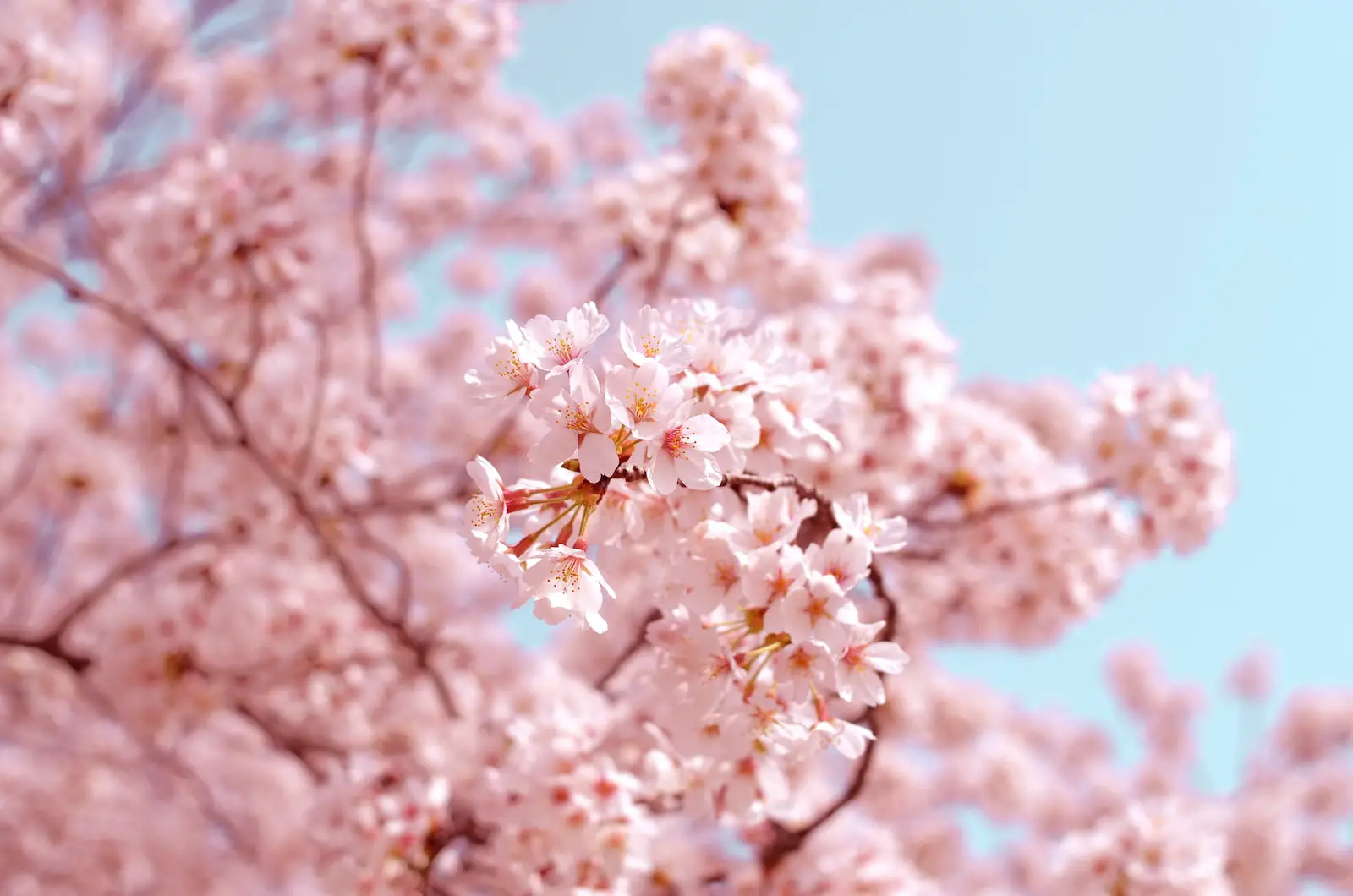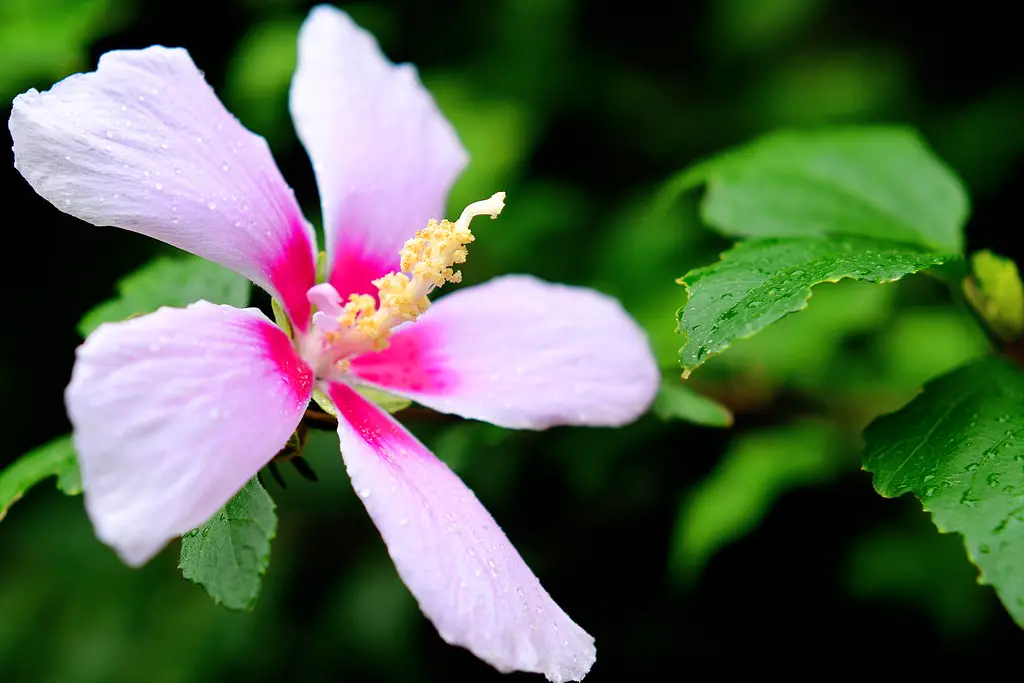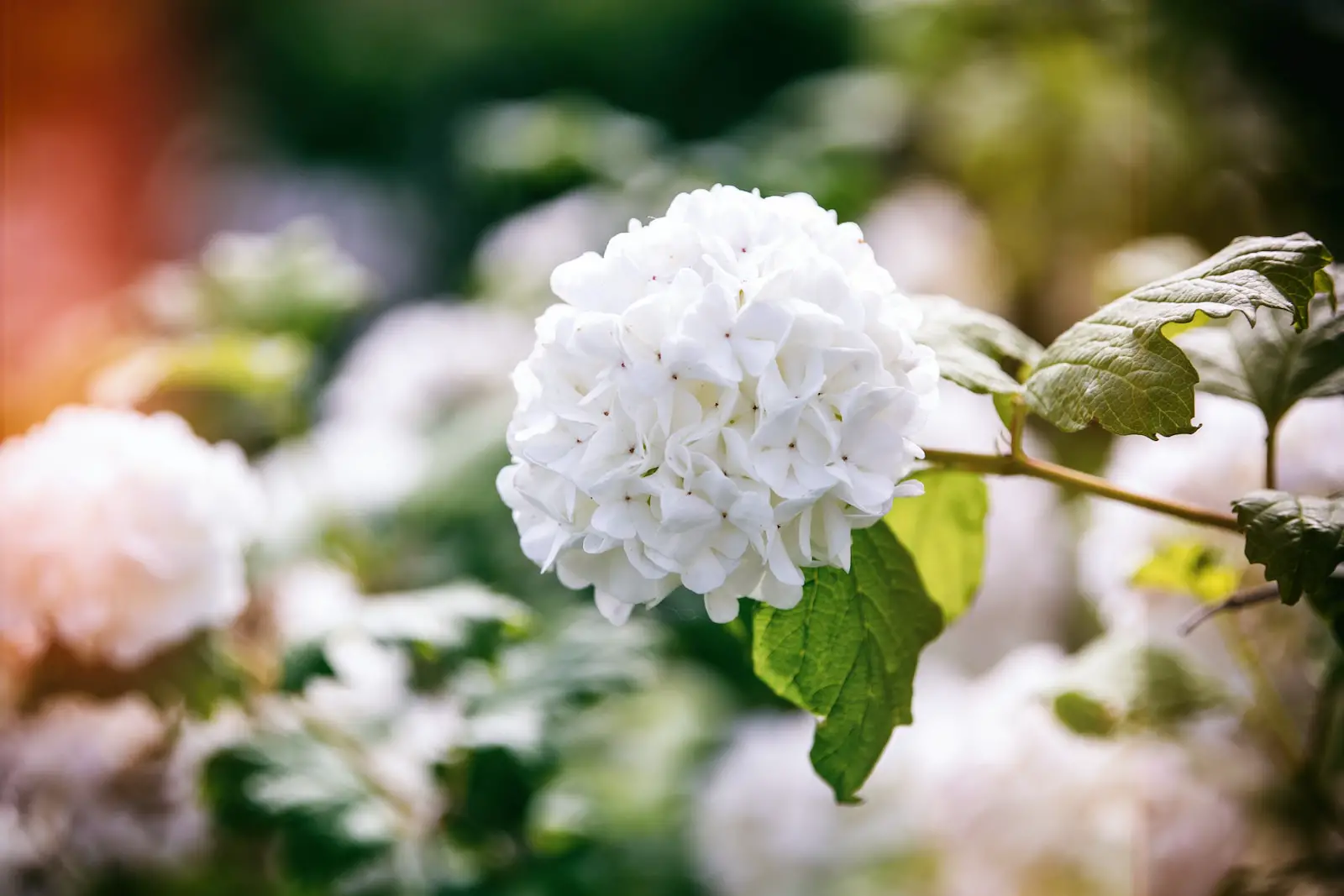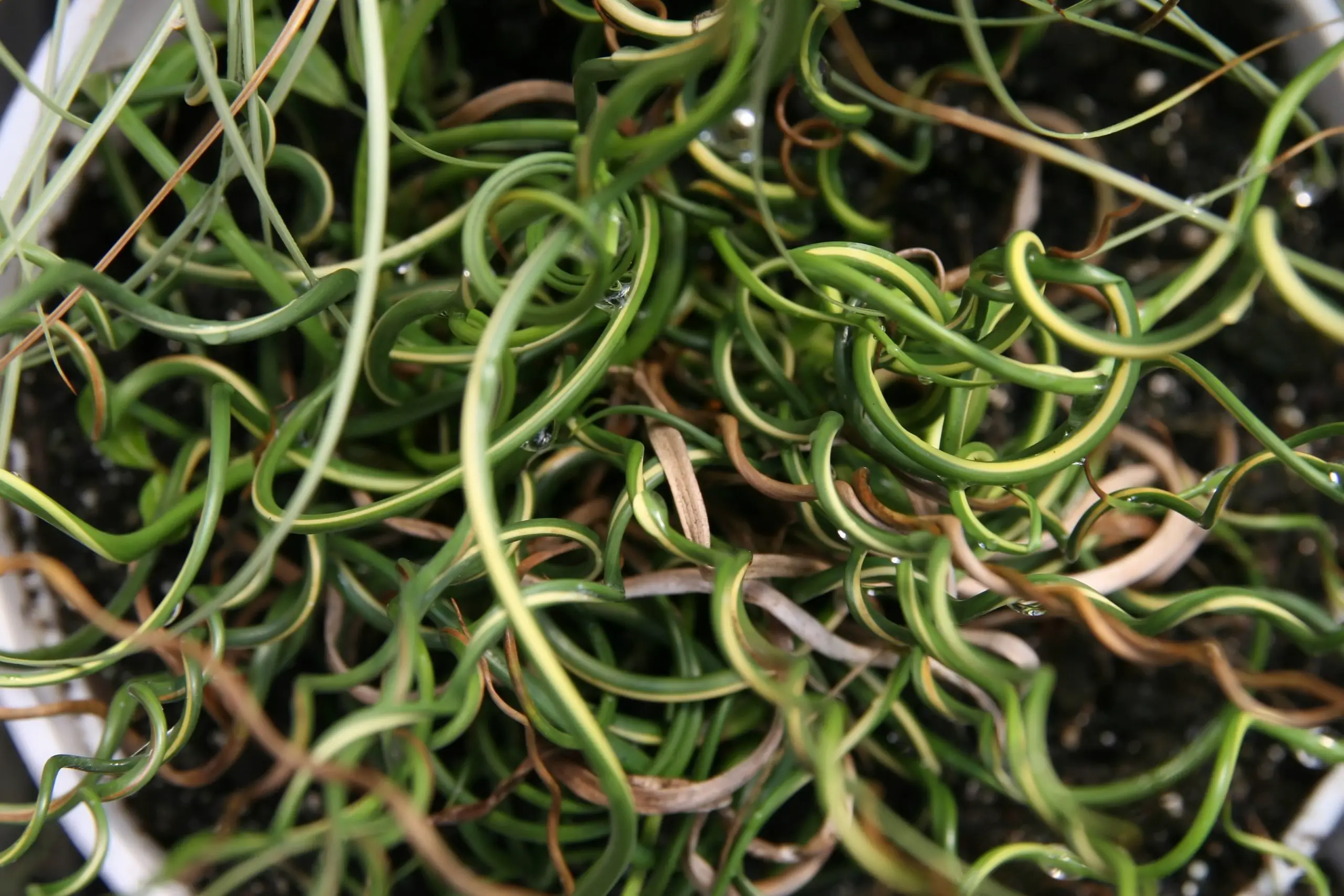Cherry Blossom trees, renowned for their beautiful and delicate blossoms, are a symbol of spring and a significant cultural symbol in many parts of the world, especially in Japan. These iconic trees, which belong to the genus Prunus, encompass several species and varieties, with the most famous being the Japanese cherry, Prunus serrulata.
The cherry blossom’s fleeting beauty, as the blooms only last for a week or two, has made it a metaphor for the transient nature of life in literature and art. Every year, people all around the world celebrate cherry blossom festivals, reveling in the stunning pink or white blossoms that signal the arrival of spring.
Growing a cherry blossom tree requires some attention to its particular needs. Proper planting and care can reward gardeners with a breathtaking display that not only brightens the landscape but also holds significant cultural value. Below, we will explore the details of cultivating and maintaining these beautiful trees.
| Attribute | Details |
|---|---|
| Common Names | Cherry Blossom, Sakura |
| Botanical Name | Prunus spp. |
| Family | Rosaceae |
| Plant Type | Deciduous Tree |
| Mature Size | 15-25 feet |
| Sun Exposure | Full Sun |
| Soil Type | Well-draining, Moist |
| Hardiness Zones | 5-8 |
| Native Area | Northern Hemisphere, especially East Asia |
Cherry Blossom Care
Cherry blossom trees are a delight to the senses, but they require some specific care to thrive. Planting them in a sunny spot with well-draining soil helps them grow robustly. Adding compost or other organic matter to the planting hole can provide the tree with a nutritious start.
Watering is crucial during the tree’s first couple of years. Regular deep watering helps the tree establish strong roots. Once established, cherry blossom trees are relatively drought tolerant, although they appreciate moisture during extended dry periods.
Light Requirement for Cherry Blossom
Cherry blossom trees thrive in full sun, meaning they need at least 6 to 8 hours of direct sunlight per day. Insufficient sunlight can lead to weak growth and reduced flowering.
Soil Requirements for Cherry Blossom
Well-draining soil that retains some moisture is ideal for cherry blossoms. They can adapt to various soil types but prefer slightly acidic to neutral soil, with a pH level of 6.5 to 7.5.
Water Requirements for Cherry Blossom
Regular deep watering is vital in the tree’s early years. It’s better to water thoroughly less often rather than shallowly more frequently. Once established, cherry blossom trees can tolerate some drought but appreciate additional water during dry spells.
Temperature and Humidity
Cherry blossoms are hardy in zones 5 to 8 and can tolerate winter cold. However, late frosts can damage buds and flowers, so it’s wise to choose a planting location shielded from late frost. Humidity is generally not a significant concern, but good air circulation helps prevent disease.
Fertilizer
A balanced slow-release fertilizer can be beneficial, especially in poorer soils. Applying fertilizer in late winter or early spring helps the tree during its growth phase.
Pruning Cherry Blossom
Pruning is generally done to shape the tree or remove dead or diseased wood. Late summer is the best time to prune, as pruning in winter can make the tree susceptible to disease.
Propagating Cherry Blossom
Cherry blossom trees can be propagated through grafting or hardwood cuttings. Grafting is the most common method, especially for specific cultivated varieties.
How To Grow Cherry Blossom From Seed
Growing cherry blossom from seed is a long and complex process that requires stratification and patience. It can take several months to germinate and several years to bloom.
Common Pests & Plant Diseases
Aphids
Aphids can be controlled with insecticidal soap or horticultural oil.
Cherry Blossom Weevil
A specific pest that attacks the buds. Control measures may include pesticides or manual removal.
Powdery Mildew
This fungus can be controlled with proper air circulation and fungicides if necessary.
Common Problems With Cherry Blossom
Failure to Bloom
This issue can result from inadequate sunlight, poor soil, or incorrect pruning. Addressing these factors can restore blooming.
Leaf Spot Diseases
Caused by various fungi and bacteria. Keeping the area clean from fallen leaves and proper pruning can help in prevention.
Pro Tips
- Plant cherry blossoms in a spot with good airflow to prevent fungal diseases.
- Mulch around the base of the tree to retain moisture and control weeds.
- Be patient, as newly planted cherry blossom trees may take several years to bloom.
- Choose the right variety for your climate and space, as cherry blossom trees vary in size, color, and bloom time.



